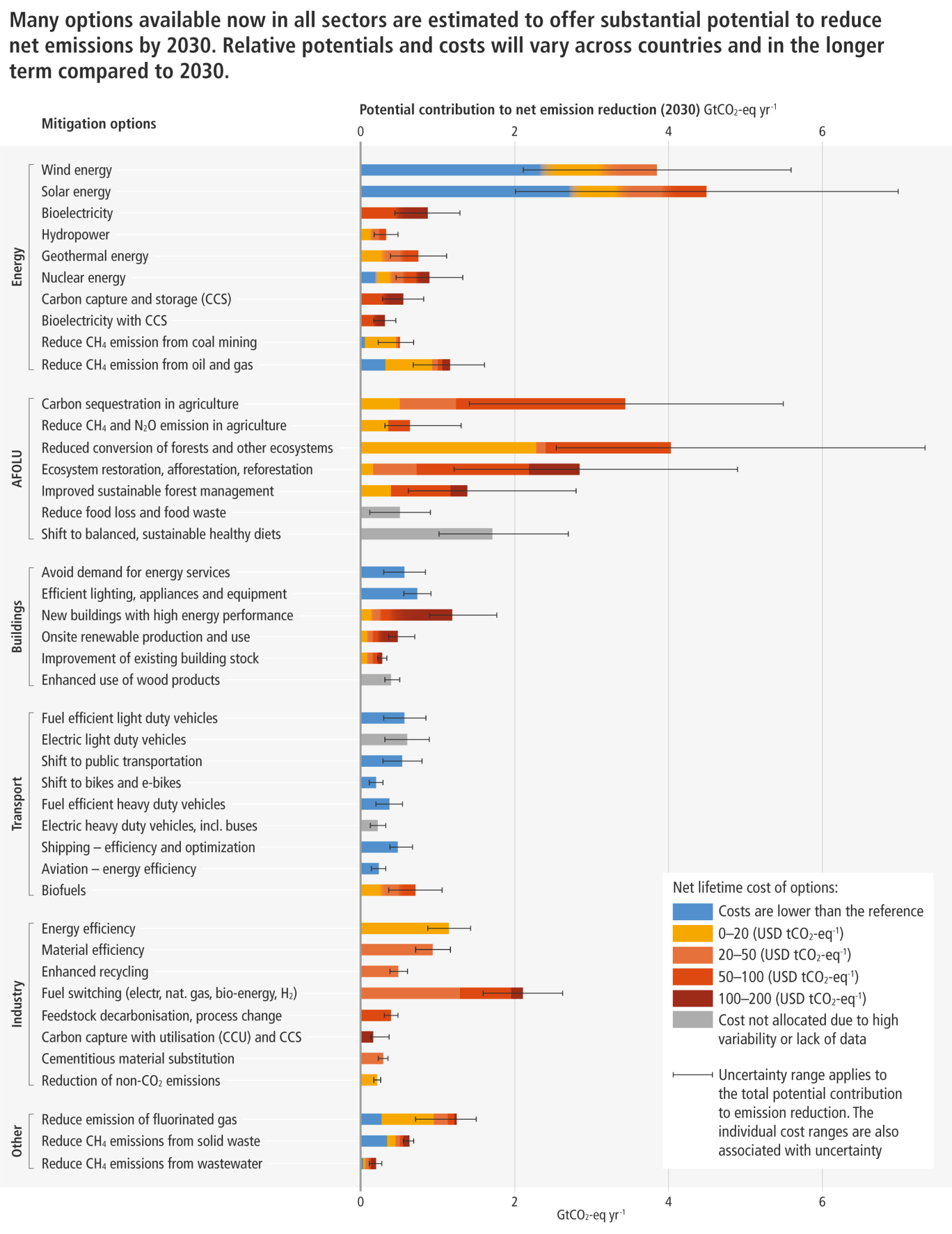This week, oil and gas lobbyists are gearing up for a busy few days. Today, the IPCC — the UN experts on climate science — is publishing a new report on the impact of global warming and our best options to slow it down.
Expect lots of spin about carbon capture and storage (CCS): the machinery and chemicals that aim to capture CO2 as it emerges from the smokestacks of factories and power plants burning fossil fuels. Theoretically, the idea is to reduce the amount of CO2 pumped into the atmosphere and store it underground or use it elsewhere. Don’t be misled when fossil lobbyists once again push the message that UN scientists say it’s a technology we must rely on to limit climate change.
I’ve spent several years studying carbon capture and my research is cited in the IPCC Working Group III report. I can tell you that when you look at the details of the IPCC’s findings, the scientists say something quite different.
According to the IPCC’s Working Group III report, carbon capture is one of the least-effective, most-expensive climate change mitigation options on Earth. Scientists rank it close to the bottom of a long list of options, easily outstripped by more affordable solutions like wind and solar energy. And it scores fire-alarm red for cost.

The IPCC report notes that limiting warming to 2 C will require “rapid and deep and, in most cases, immediate” greenhouse gas emission reductions in all sectors, mainly through cuts to fossil fuel use.
The same IPCC report shows that rather than carbon “capture” or mechanical carbon “removal”, the more effective and faster way to remove billions of tons of CO2 from the atmosphere is to restore and expand the carbon sequestration capabilities of plants and soil. My latest research supports this finding. So long as biological sequestration is not connected to carbon “offset” schemes, it can be a powerful tool to address climate change.
Carbon capture, on the other hand, is a placebo. It gives oil and gas companies a story to tell about acting on emissions while they keep extracting, and we keep burning, fossil fuels.
Take the case of the Boundary Dam in Saskatchewan. It captures some of the CO2 pumped out from the coal-fired power station — then pipes it directly to an oilfield where it’s injected underground to squeeze even more oil from the Earth.
Factor in emissions from burning that oil, it’s clear carbon capture doesn’t fix the fossil fuel emissions problem. Research on carbon capture processes, like that of the Boundary Dam, found they can emit three to four times as much CO2 as they inject underground.
Carbon capture is a placebo. It gives oil and gas companies a story to tell about acting on emissions while they keep extracting, and we keep burning, fossil fuels, writes June Sekera. #cdnpoli #CCUS #cdnpoli #ClimateAction #IPCC #IPCCSynthesisReport - Twitter
Tellingly, the fossil fuel industry isn’t prepared to pay the price of this technology. In Canada and the U.S., CCS is enabled by massive public subsidies. In Canada, ratepayers have paid higher electricity prices triggered by the Boundary Dam carbon capture scheme. Under a proposal announced last year, Canadian taxpayers would be on the hook for a new carbon capture tax credit, despite pleas from over 400 scientists against it.
In the U.S., ExxonMobil wants to build a giant carbon capture “hub” in Texas, but says it needs government subsidies to make it feasible. Oil and gas firms are some of the world’s richest companies. If they really believe in this technology, why won’t they pay for it?
Carbon capture schemes don’t just fail as climate solutions — they harm people. Research shows that carbon capture at scale would require a network of tens of thousands of kilometres of pipelines across the country. Ask the town of Satartia, Miss., what happens when a CO2 pipeline ruptures. In 2020, people collapsed in their homes and trucks, dazed and nauseous when the fast-spreading, odourless, colourless gas displaced oxygen. Car engines died, so people couldn’t escape. Nearly 50 people were taken to hospital. As always, disasters like these hit rural communities, poor people, and people of colour first and worst.
With CCS, we are building “a taxpayer-financed sewer system for the fossil fuel industry,” says Kert Davies, director of the Climate Investigations Center. It’s time to end the era of public subsidy for CCS. It’s not taxpayers who should pay for these costly experiments, it’s the businesses profiting from pollution. You can’t reap record profits from high oil prices and then claim you don’t have the funds to deal with your emissions. Legislation should require that carbon capture at emissions sources is only ever done at the producer’s expense.
You may hear a lot of news about carbon capture this month. When you do, realize that — even with all this spin and all those subsidies — the great expectations for carbon capture have not been met.
Every dollar we spend on this dangerous and counter-productive technology is a dollar we can’t spend on real solutions to climate change — wind, solar, and energy efficiency. As climate change wrecks more of our homes, that’s a path we can’t afford to take.
June Sekera is a public policy practitioner and researcher whose work and publications are focused on the public economy and public goods production. She is a visiting scholar at the New School for Social Research, Heilbroner Center for Capitalism Studies, where she is the director of the Public Economy Project. Sekera's scientific research on carbon capture and storage (CCS) has been cited by the IPCC.

